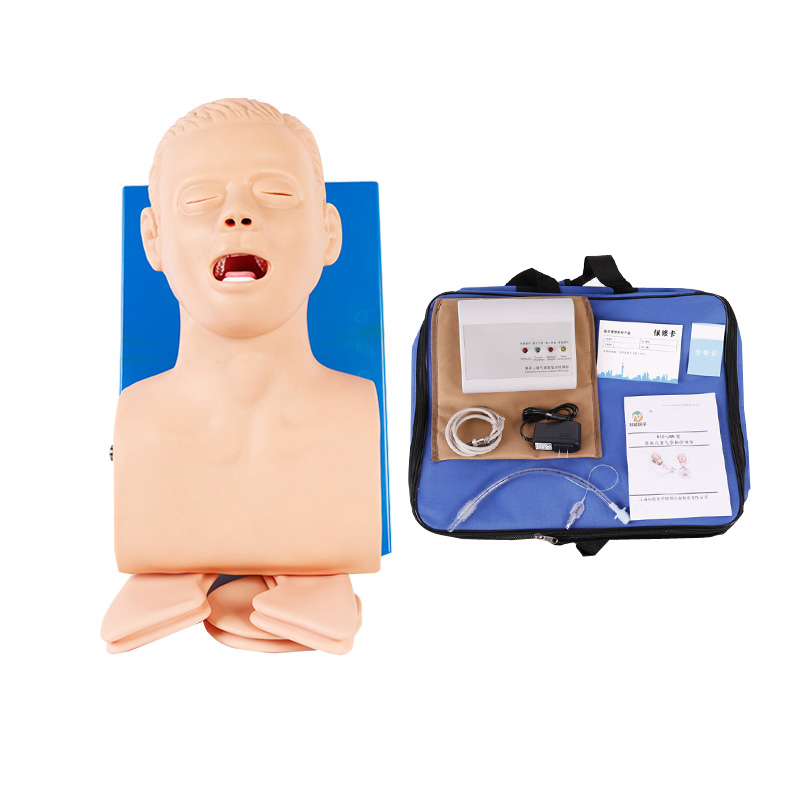Intubation is a vital skill in the field of medical emergency. It can quickly establish an artificial airway when the patient's respiratory tract is blocked or respiratory failure, ensuring the patient's ventilation and oxygenation. However, tracheal intubation is complex and requires the skill and experience of emergency personnel. At this time, the electronic human tracheal intubation training model came into being, and became a helpful assistant for emergency personnel to improve their skills and cope with challenges.
Using advanced scientific and technological means, it can highly simulate the anatomical structure and physiological response of the human body. It not only provides a realistic intubation operating environment, but also gives real-time feedback based on the operation of the emergency personnel. This feedback mechanism not only helps first responders identify and correct errors in their operations in a timely manner, but also provides them with personalized training recommendations through data analysis.

In addition, it has the characteristics of reuse. This means that emergency responders can practice over and over again until they become proficient at intubating. This repeated training approach not only strengthens the skill base, but also improves the performance of first responders in actual combat.
More importantly, the use of electronic models can also reduce medical risks. In the real first aid scene, the operation of the first aid personnel is often faced with great challenges and risks due to the complicated condition of the patient and the urgent time. The electronic model provides a safe, controlled training environment for first responders to practice and reflect without putting patients' lives at risk.
In summary, the electronic human tracheal intubation training model plays an irreplaceable role in improving the skills of emergency personnel, coping with complex conditions, and reducing medical risks. It is not only an efficient training tool, but also a powerful assistant, providing valuable support and assistance to first responders.
In the coming days, we should pay more attention to the application and promotion of electronic models, so that more emergency personnel can benefit from this advanced training method. At the same time, we should continue to explore and innovate, and further improve and expand the function of the model to better meet the needs and challenges of first aid training. Only in this way can we deal with various challenges more calmly in the face of emergency situations and escort the life safety and health of patients.
